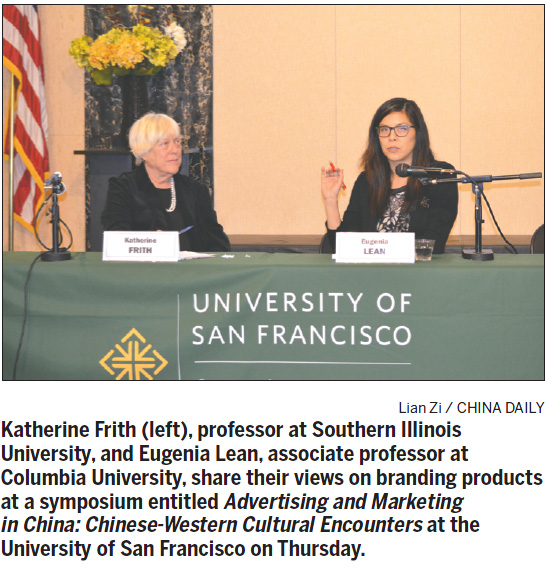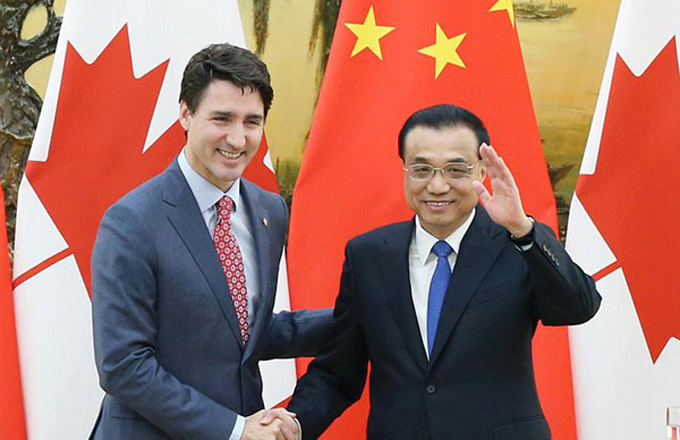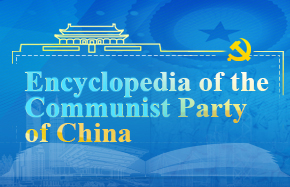Brands key in global success

More than half of young consumers in the US would like to buy Chinese products, if they only knew what they were.
The University of San Francisco's Center for Asia Pacific Studies presented a seminar entitled as Advertising and Marketing in China: Chinese-Western Cultural Encounters on Thursday and Friday.
"It is necessary for us to facilitate this interdisciplinary conversation among university professors and contemporary professionals to figure out marketing and advertising solutions for Western products in China and Chinese products in the West," said Stanley Kwong, a professor at the university.
Although products made in China have been sold in the US and other Western countries for a while, awareness of Chinese brands in overseas markets is still low, said Kwong.
A survey conducted among more than 2,000 consumers found that 51 percent of young US buyers said they would like to purchase Chinese products, said Kwong.
Understanding local cultures and consumers' needs is important for Chinese companies to brand themselves in the global market, said Kwong. Adopting an appropriate English name with good associations is an essential marketing strategy for a Chinese brand going global.
Historically, advertising was banned in China from 1949 to 1979, said Wei Bing, vice-president of Global Initiative at the Bay Area Council. "When the open door policy was adopted, Coca Cola was the first Western brand in China," she said.
Among the Chinese companies going global over the last few years, a handful of brands such as Haier, TsingTao, Huawei and Lenovo have been successful, said Wei.
Chinese companies face challenges in the West as the label "Made in China" is still not well received and often associated with cheap, low-quality products, she said.
"To solve this, Chinese companies must shift from being product-driven to being brand-driven, and that means a corporate brand as well as product brands," said Wei.
They should culturally re-brand their products into an international market to appeal to global consumers while retaining their Chinese identity, according to Wei, who regards social media as one of the leading branding campaign drivers in recent years for Chinese companies going global.
At the same time, Western brands want to raise their profiles in the China market and social media. Global magazines such as Elle, Vogue and Cosmopolitan are regarded as some of the most efficient ways to reach Chinese consumers and transmit their values to serve the interest of global branding, according to Katherine Frith, a professor at Southern Illinois University.
As the Chinese economy has continued to grow over the past years, global brands' demand for advertising space in women's magazines has increased, said Frith.
"In fact, the editor of Vogue in China notes that her magazine has more advertising than it has room for in a normal monthly edition and editors of Cosmopolitan in China started splitting the monthly issue into two magazines because it was too thick to print," she said.
zilian@chinadailyusa.com




















